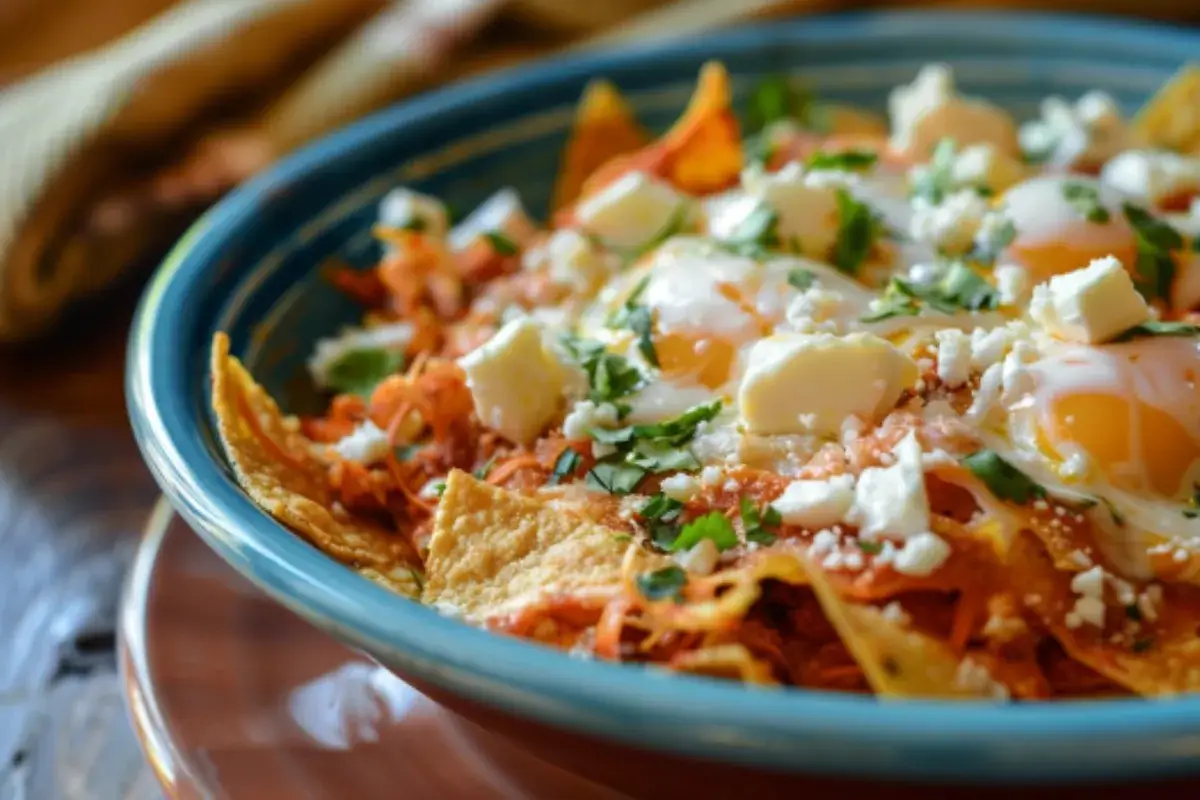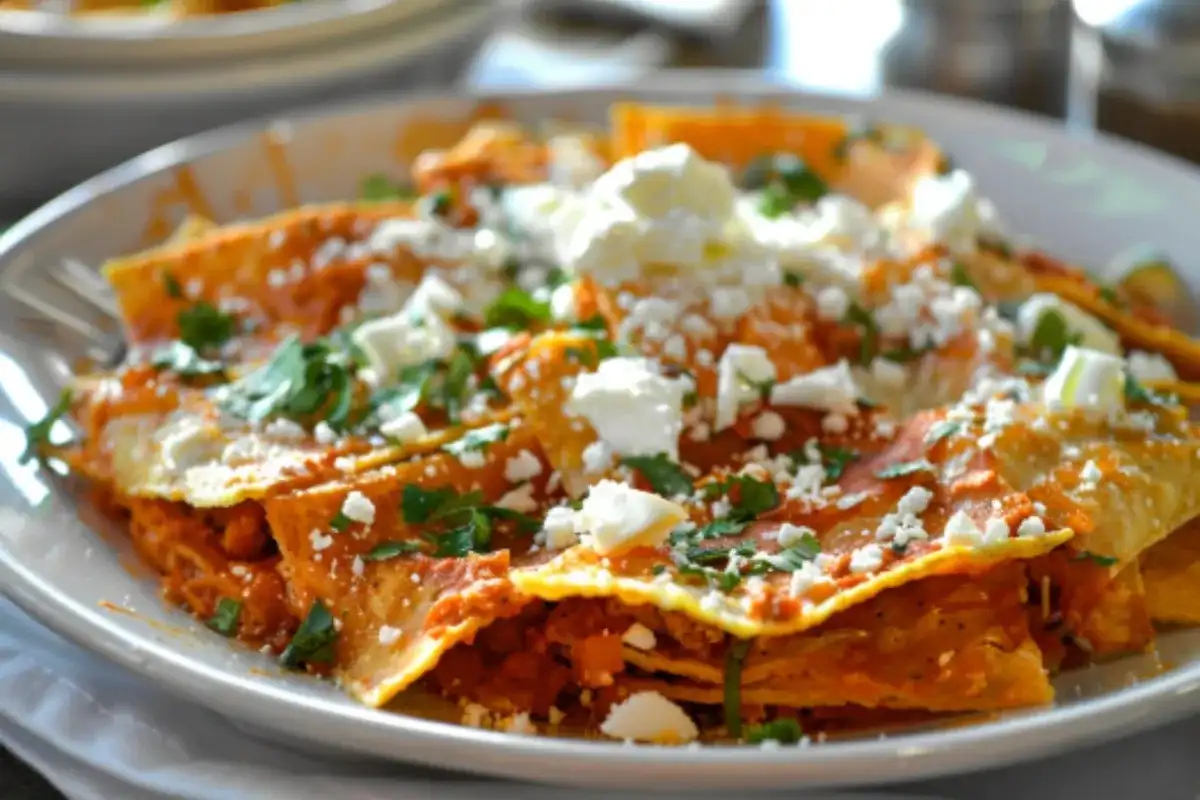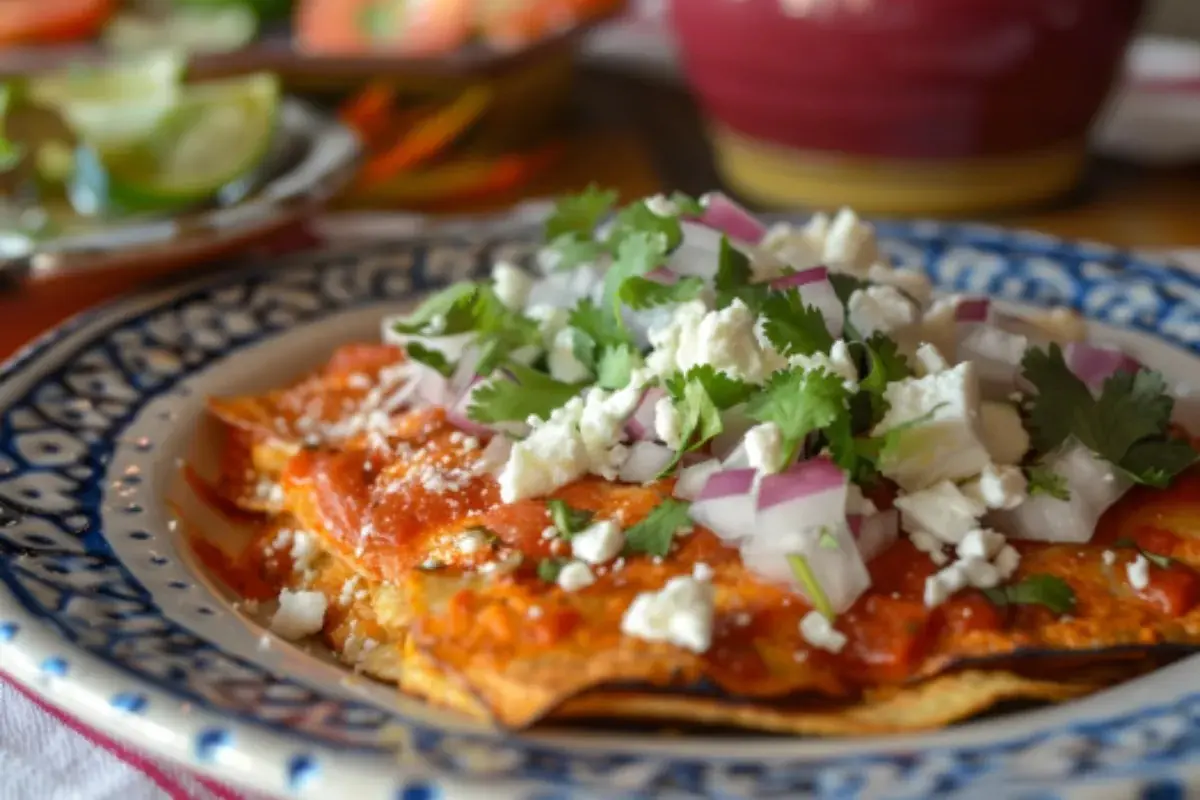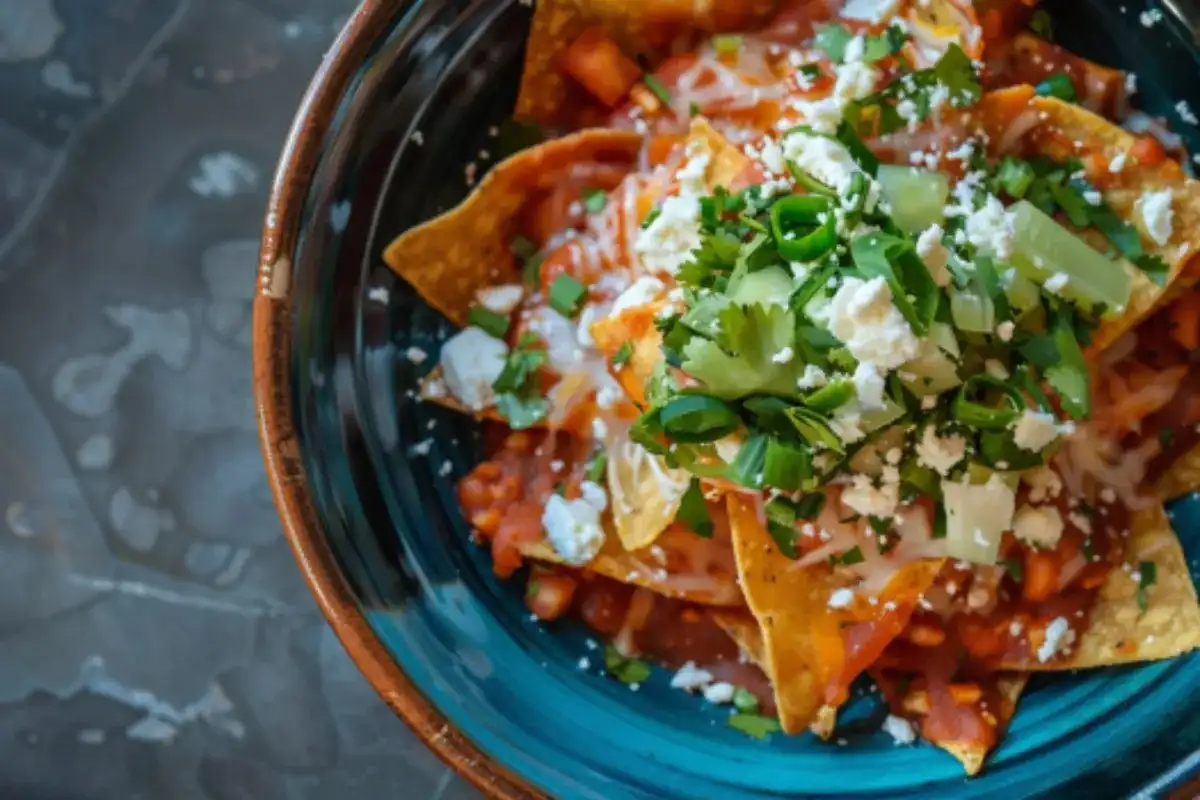Quesadillas are one of the simplest yet most delicious comfort foods rooted in Mexican cuisine. They’re versatile, quick to make, and satisfyingly cheesy. The beauty of quesadillas lies in the endless variety of cheeses you can use to create the perfect bite, from traditional Mexican cheeses to more modern, accessible options. In this article, we’ll explore the best cheese for quesadillas, their unique qualities, and how they enhance the flavors and textures of this beloved dish.
What is the Best Cheese for Quesadillas?
A quesadilla is traditionally a tortilla filled with cheese and sometimes other ingredients, which is then cooked until the tortilla is crispy and the cheese is melted and gooey. The secret to the best quesadilla is the cheese: its flavor, how it melts, and how it complements the tortilla and fillings.
Cheese is the soul of a quesadilla, and its role goes beyond just binding the tortilla together. The right cheese adds a rich creaminess that contrasts beautifully with the crispy tortilla. The wrong cheese, on the other hand, can result in a greasy, flavorless mess.
But with so many cheese varieties available, which one should you choose? Below, we’ll delve into the traditional and modern cheeses perfect for quesadillas.
Traditional Cheeses for Quesadillas

In Mexican cuisine, the cheeses used in quesadillas are as rich in history as they are in flavor. These cheeses are made specifically for melting, providing the perfect combination of texture and taste.
Why Oaxaca is the Best Cheese for Quesadillas
Oaxaca cheese, also known as quesillo, is considered the ultimate cheese for quesadillas. Named after the region in Mexico where it originates, it’s a semi-soft, white cheese with a stringy texture that makes it very similar to mozzarella. It’s known for its excellent melting properties, making it the go-to cheese for authentic Mexican quesadillas.
- Texture: Oaxaca cheese is similar to mozzarella but with a slightly firmer texture. When melted, it becomes beautifully stringy and elastic, which is why it’s often compared to mozzarella.
- Flavor: Mild and slightly tangy, Oaxaca cheese has a delicate flavor that complements many ingredients without overpowering them. This makes it perfect for quesadillas that include other strong flavors like grilled meats, sautéed vegetables, or spicy salsas.
- How It Melts: One of the reasons Oaxaca cheese is so popular in quesadillas is its meltability. When heated, it doesn’t separate into an oily mess like some other cheeses; instead, it remains smooth and creamy, making every bite of your quesadilla rich and luscious.
For those interested in elevating their traditional Mexican dishes, Oaxaca cheese is also widely used in other recipes like Birria Tacos and enchiladas.
Asadero Cheese
Asadero cheese is another traditional cheese commonly used in northern Mexico. Like Oaxaca cheese, Asadero is known for its meltability, making it a top choice for quesadillas.
- Texture: Asadero has a smooth, slightly stretchy texture that allows it to melt beautifully without becoming too runny. This makes it ideal for quesadillas, especially when you want a creamy, rich filling.
- Flavor: Asadero is a bit more flavorful than Oaxaca, with a subtle tang and a mild smokiness. It adds a nice depth of flavor to your quesadilla, particularly when paired with grilled meats or roasted vegetables.
- How It Melts: This cheese melts evenly and smoothly, ensuring every bite of your quesadilla is as cheesy as the next. Asadero works well for quesadillas that include additional fillings, as its rich flavor stands up to stronger ingredients.
Chihuahua Cheese: A Great Cheese for Quesadillas
Another excellent option for authentic Mexican quesadillas is Chihuahua cheese. Originally from the state of Chihuahua, this cheese is soft and creamy with a mild, slightly salty taste.
- Texture: Chihuahua cheese has a semi-firm texture that softens and becomes creamy when heated. It’s not as stringy as Oaxaca cheese, but it melts into a smooth, gooey consistency that’s perfect for quesadillas.
- Flavor: Its flavor is mild but slightly more pronounced than Oaxaca cheese. The subtle saltiness of Chihuahua cheese pairs well with a variety of ingredients, from roasted peppers to seasoned beef.
- How It Melts: Chihuahua cheese melts smoothly without separating, making it ideal for quesadillas. It’s especially good when you want a cheese that will add flavor without overshadowing the other ingredients in the dish.
If you’re interested in learning more about the versatile use of Chihuahua cheese, explore some interesting combinations in dishes like Rotisserie Chicken Recipes, where its mild flavor shines.
Queso Fresco
Though queso fresco isn’t typically used as a melting cheese, it’s worth mentioning for its versatility in Mexican dishes. Queso fresco is a crumbly, fresh cheese that’s often sprinkled over quesadillas after they’re cooked.
- Texture: Crumbly and slightly dry, queso fresco doesn’t melt in the same way as other cheeses. Instead, it holds its shape, adding a bit of texture to the dish.
- Flavor: Its flavor is mild and fresh, with a slight tang. Queso fresco is great for balancing out spicier fillings or providing a bit of freshness to rich, cheesy quesadillas.
- How It’s Used: Rather than being melted inside the quesadilla, queso fresco is typically crumbled on top after the quesadilla has been cooked. This adds a contrast in texture and flavor, giving your quesadilla a more complex taste.
Cotija Cheese
Another cheese that isn’t melted but often used as a topping is cotija cheese. This aged cheese is crumbly, salty, and very flavorful. Discover more about Cotija cheese and how it’s commonly used.
- Texture: Cotija is firm and doesn’t melt, making it a perfect topping for quesadillas. It’s similar to feta in that it adds a nice bite and texture to your dish without being overwhelming.
- Flavor: Salty and tangy, cotija cheese is quite strong, so a little goes a long way. It’s often used to enhance the flavors of other ingredients rather than being the star of the dish.
- How It’s Used: Like queso fresco, cotija is usually crumbled over the top of a quesadilla after it’s been cooked. It adds a burst of flavor and a slightly crunchy texture that complements the soft, melted cheese inside the quesadilla.
Non-Traditional Cheeses for Modern Quesadillas

While traditional Mexican cheeses offer an authentic taste and texture, many modern variations have become popular, especially in places where traditional cheeses are harder to find. These cheeses are accessible, versatile, and can work beautifully in quesadillas, offering unique flavors and textures.
Using Monterey Jack as a Cheese for Quesadillas
If there’s one cheese that’s become synonymous with quesadillas outside of Mexico, it’s Monterey Jack. This semi-soft American cheese is known for its excellent melting properties and mild, buttery flavor.
- Texture: Monterey Jack is smooth and soft, with a creamy texture that melts perfectly. It’s a fantastic alternative to Oaxaca cheese if you can’t find traditional Mexican cheeses.
- Flavor: Mild and slightly sweet, Monterey Jack has a neutral flavor that makes it incredibly versatile. It pairs well with a wide range of fillings, from grilled chicken to sautéed vegetables, without overpowering them.
- How It Melts: Monterey Jack melts evenly and smoothly, making it perfect for quesadillas. It creates a rich, creamy texture that enhances the other ingredients in the dish.
You can explore more creative uses of Monterey Jack in recipes such as Taco Pasta Shells, where its meltability takes center stage.
Cheddar Cheese
Cheddar cheese might not be the first cheese you think of for quesadillas, but it’s a great option if you’re looking for a cheese with a bit more flavor. Cheddar’s sharpness contrasts nicely with the other ingredients in a quesadilla, making for a bold and delicious dish.
- Texture: Cheddar cheese, particularly mild cheddar, melts well and provides a creamy, slightly stretchy texture. However, sharp cheddar can sometimes separate when melted, so it’s often blended with other cheeses like Monterey Jack for a smoother consistency.
- Flavor: Sharp cheddar adds a rich, tangy flavor to quesadillas, which can be a nice contrast to milder ingredients like chicken or sautéed onions. Mild cheddar, on the other hand, has a more buttery flavor that’s less assertive.
- How It Melts: Cheddar can sometimes become a bit greasy when melted, especially if it’s aged. To avoid this, it’s often mixed with a milder cheese like Monterey Jack or mozzarella, which helps to balance its sharpness and ensure a smooth, creamy melt.
For those who enjoy a stronger cheese flavor, cheddar can be a fantastic addition to your quesadilla, especially when paired with ingredients that can hold their own against its boldness.
Mozzarella
Though mozzarella is typically associated with Italian dishes like pizza and lasagna, it’s also a great cheese for quesadillas, especially if you’re looking for that signature cheese stretch.
- Texture: Mozzarella is known for its stretchiness when melted, making it a good alternative to Oaxaca cheese. It has a soft, stringy texture that provides a satisfying bite.
- Flavor: Mild and slightly milky, mozzarella has a very neutral flavor that works well with almost any ingredient. It’s particularly good in quesadillas that include bold flavors like spicy chorizo or roasted peppers.
- How It Melts: Mozzarella melts smoothly and evenly, creating a rich, creamy texture that makes it perfect for quesadillas. Its stretchiness adds an element of fun to the dish, making each bite deliciously cheesy.
For a fusion of flavors, mozzarella can be paired with other cheeses or used as a base in combination with flavorful fillings like taco meat. You can find more inspiration on fillings and sauces in this guide to taco sauces.
Colby Jack
Colby Jack is a blend of Monterey Jack and Colby cheese, making it a great option for quesadillas. It combines the smooth, creamy melt of Monterey Jack with the slightly tangy flavor of Colby cheese.
- Texture: Colby Jack is soft and melts easily, making it ideal for quesadillas. It has a similar texture to Monterey Jack but with a slightly firmer consistency due to the Colby cheese.
- Flavor: The combination of Monterey Jack’s mildness and Colby’s slight sharpness creates a well-balanced flavor that works well in quesadillas. It’s flavorful enough to stand on its own but mild enough to complement other ingredients.
- How It Melts: Colby Jack melts smoothly and evenly, creating a rich, creamy filling for your quesadilla. The combination of the two cheeses ensures that your quesadilla will be both flavorful and satisfyingly cheesy.
Pepper Jack
For those who like a bit of heat in their quesadillas, Pepper Jack is a fantastic option. This spicy variation of Monterey Jack cheese is infused with peppers, giving it a kick that adds an extra dimension to your quesadilla.
- Texture: Like Monterey Jack, Pepper Jack melts beautifully, creating a smooth, creamy texture. The addition of peppers adds a bit of bite, making it perfect for those who enjoy a little spice in their food.
- Flavor: Pepper Jack has a mild, buttery flavor with a spicy kick from the peppers. It’s a great option for quesadillas with bold, flavorful fillings like grilled steak or sautéed mushrooms.
- How It Melts: Pepper Jack melts just as well as Monterey Jack, creating a smooth, creamy texture with the added bonus of little pockets of spice from the peppers.
Pepper Jack is ideal for those looking to spice up their quesadilla with a touch of heat, and it pairs well with bold ingredients like grilled meats or roasted vegetables.
Specialty Cheeses for Gourmet Quesadillas

For those looking to elevate their quesadilla game, there are several specialty cheeses that can add a unique twist to this classic dish. These cheeses offer bold flavors and interesting textures that can take your quesadilla to the next level.
Cream Cheese
While not a traditional cheese for quesadillas, cream cheese can add a rich, creamy texture that works well when combined with other cheeses. It’s particularly good in quesadillas that include ingredients like smoked salmon or roasted vegetables.
- Texture: Cream cheese is soft and spreadable, making it an unusual but effective addition to quesadillas. It doesn’t melt in the same way as other cheeses, but it adds a smooth, creamy layer to the filling.
- Flavor: Mild and slightly tangy, cream cheese pairs well with a variety of flavors. It’s particularly good in quesadillas with bold ingredients like roasted peppers or smoked meats.
- How It’s Used: Rather than being melted, cream cheese is usually spread onto the tortilla before adding the other ingredients. It adds a rich, creamy texture that complements the melted cheese and other fillings.
Brie
For a truly decadent quesadilla, Brie cheese is an excellent choice. This soft, creamy cheese melts beautifully and adds a rich, buttery flavor to the dish.
- Texture: Brie is soft and gooey, with a creamy interior that melts quickly. It creates a rich, luxurious texture that takes your quesadilla to the next level.
- Flavor: Brie has a mild, buttery flavor with a slightly earthy undertone. It’s perfect for quesadillas with more refined fillings, like caramelized onions, sautéed mushrooms, or roasted garlic.
- How It Melts: Brie melts quickly and smoothly, creating a rich, creamy filling that’s perfect for gourmet quesadillas. Its mild flavor allows the other ingredients to shine while still adding a touch of indulgence.
Frequently Asked Questions (FAQs)
1. What is the best cheese for quesadillas?
The best cheese for quesadillas is typically Oaxaca due to its excellent melting properties. It creates a rich, stretchy texture, making it ideal for traditional quesadillas. However, Monterey Jack is a great alternative if you’re looking for a more accessible option.
2. Can you use cheddar cheese in quesadillas?
Yes, cheddar cheese can be used in quesadillas, but it’s often best when blended with a milder cheese like Monterey Jack. Sharp cheddar may become greasy when melted, so mixing it with another cheese helps achieve a smoother, creamier texture.
3. What kind of cheese do Mexican restaurants use for quesadillas?
Most Mexican restaurants use traditional cheeses like Oaxaca or Asadero for their quesadillas, as these cheeses melt well and provide the authentic flavor and texture expected in Mexican dishes.
4. Can I use mozzarella for quesadillas?
Yes, mozzarella is a good alternative to Oaxaca cheese because of its similar meltability and stretchy texture. It works particularly well if you’re looking for a neutral flavor that pairs with bold ingredients.
5. How do I make the cheese melt perfectly in quesadillas?
To melt cheese perfectly in quesadillas, cook the tortilla over medium heat. This allows the cheese to melt slowly without burning the tortilla. Covering the pan while cooking can also help the cheese melt more evenly.
Conclusion
In conclusion, the best cheese for quesadillas ultimately depends on your personal preference and the flavors you’re aiming for. Whether you stick with traditional Mexican cheeses like Oaxaca and Asadero, or experiment with more modern options like Monterey Jack and Cheddar, the key is to choose a cheese that melts well and complements the other ingredients in your quesadilla. With the right cheese, every bite will be a satisfying combination of crispy tortilla and gooey, flavorful cheese.

